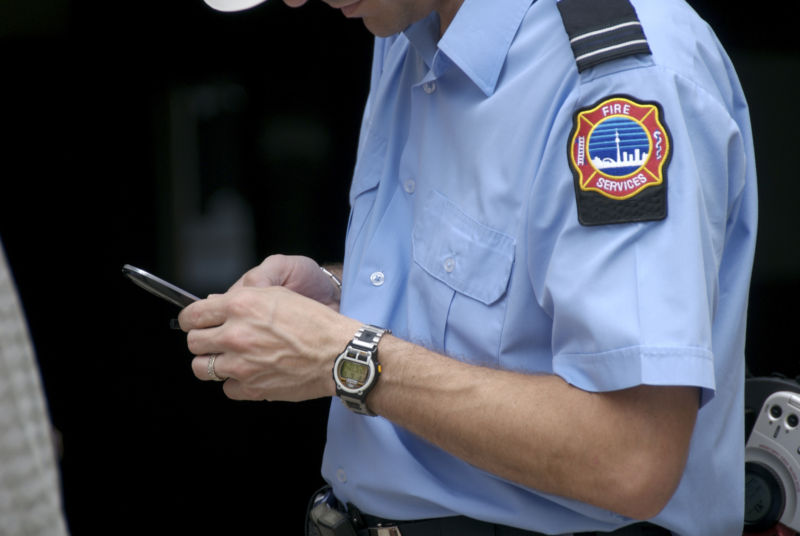
Getty Images | yougottalove
AT&T has won a lucrative contract to build and manage a nationwide public safety network for America's police, firefighters, and emergency medical services.
The First Responder Network Authority, or FirstNet, was authorized by the federal government in 2012 and operates as an independent authority within the US Department of Commerce. AT&T has just been selected by FirstNet to build the wireless network and said that construction will begin later this year.
"FirstNet will provide 20MHz of high-value, telecommunications spectrum and success-based payments of $6.5 billion over the next five years to support the network buildout," AT&T said in its announcement. FirstNet's spectrum is located in the 700MHz band often used for consumer LTE networks.
The Federal Communications Commission raised $7 billion to fund the network in a spectrum auction that concluded in January 2015. Some of that money came from AT&T itself, as the company led all bidders with $18.2 billion of winning bids.
AT&T's contract with FirstNet is 25 years long. "AT&T will spend about $40 billion over the life of the contract to build, deploy, operate and maintain the network, with a focus on ensuring robust coverage for public safety users," the company said. AT&T will also connect FirstNet users to the company's existing network.
FirstNet will solve a few problems, AT&T said. First responders currently use the same commercial networks used by consumers and businesses for mobile Internet service. "That can be an issue when a significant public safety crisis happens and commercial networks quickly become congested. It makes it difficult for first responders to communicate, coordinate and do their jobs," AT&T said.
Overall, "first responders use more than 10,000 networks for voice communications," and "these networks often do not interoperate, which severely limits their ability to communicate with each other when responding to a situation," AT&T said.
FirstNet will cover all 50 states, five US territories, and the District of Columbia, including coverage for rural and tribal lands, AT&T said. Besides basic voice and Internet service, AT&T expects the network to be used for applications "providing near real-time information on traffic conditions to determine the fastest route to an emergency." The network will also help enable technology such as wearable sensors and cameras for police and firefighters, "and camera-equipped drones and robots that can deliver near real-time images of events, such as fires, floods or crimes."